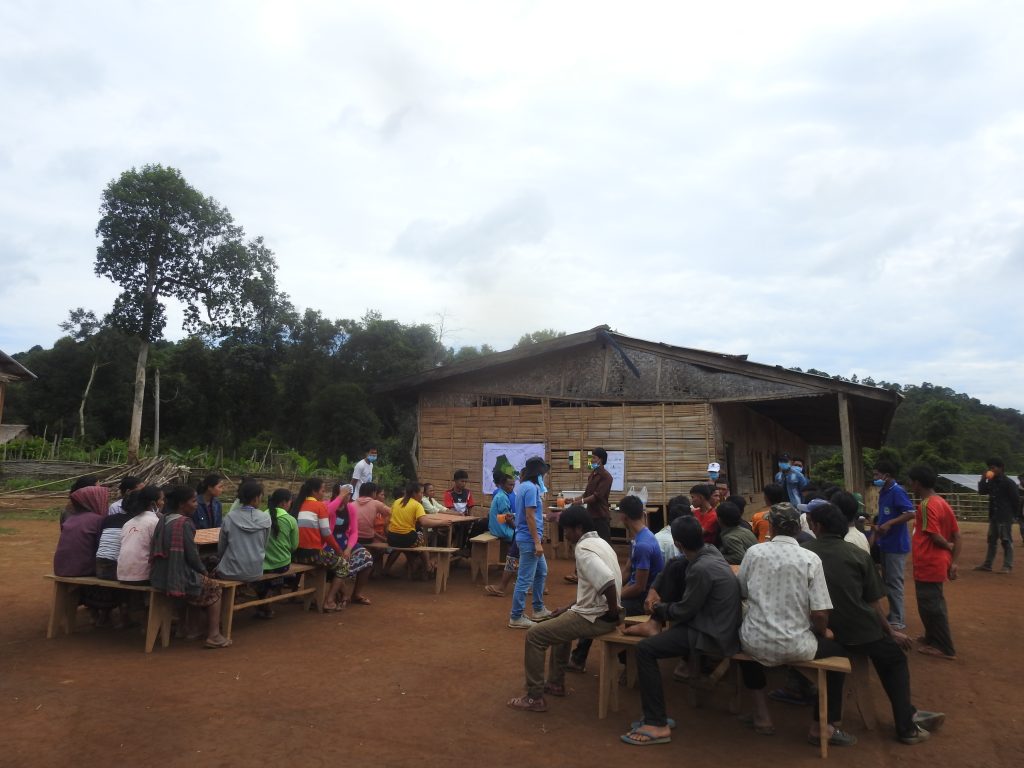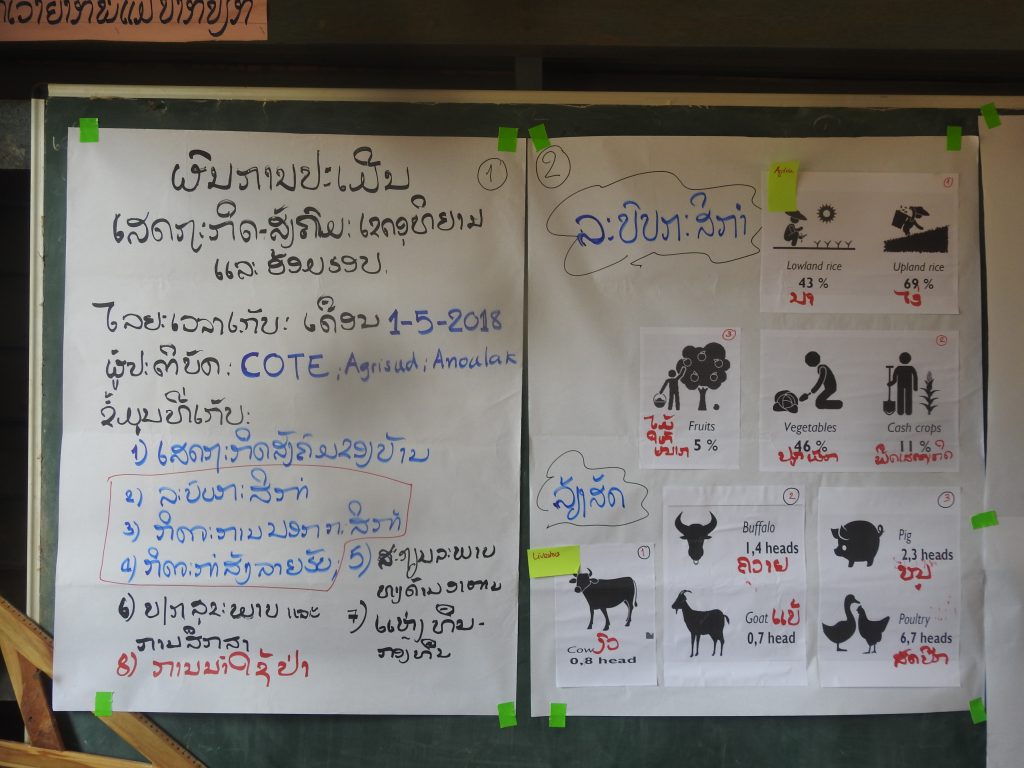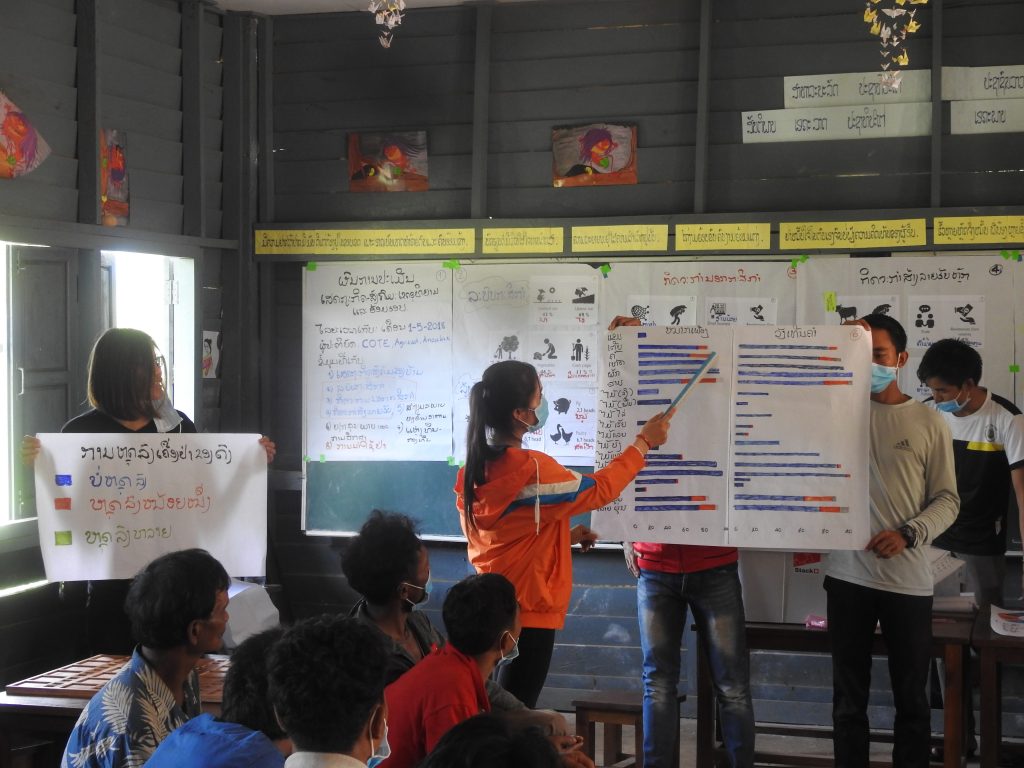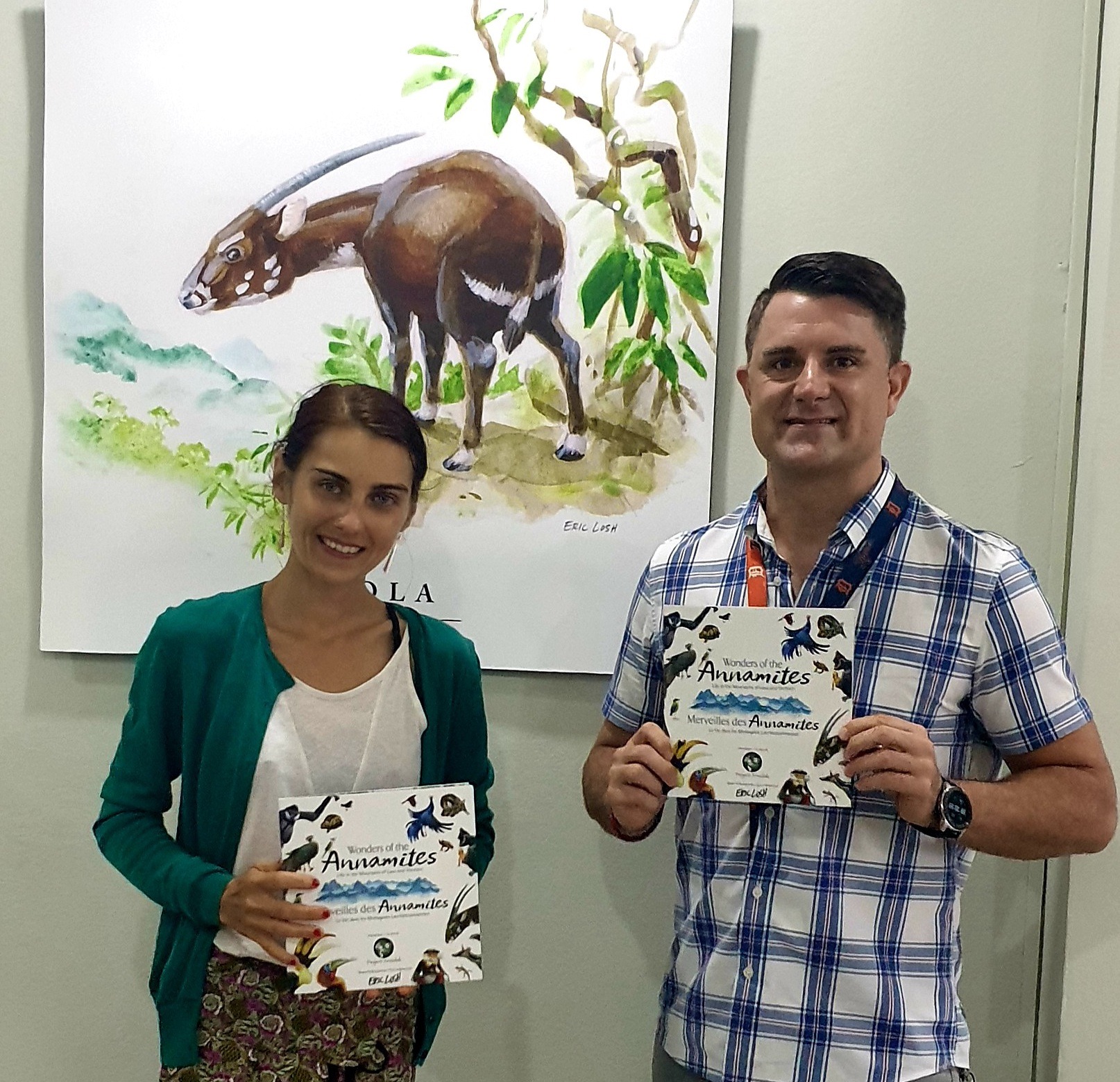
Donation of our published books to partners to raise public awareness of biodiversity conservation in Laos
October 10, 2020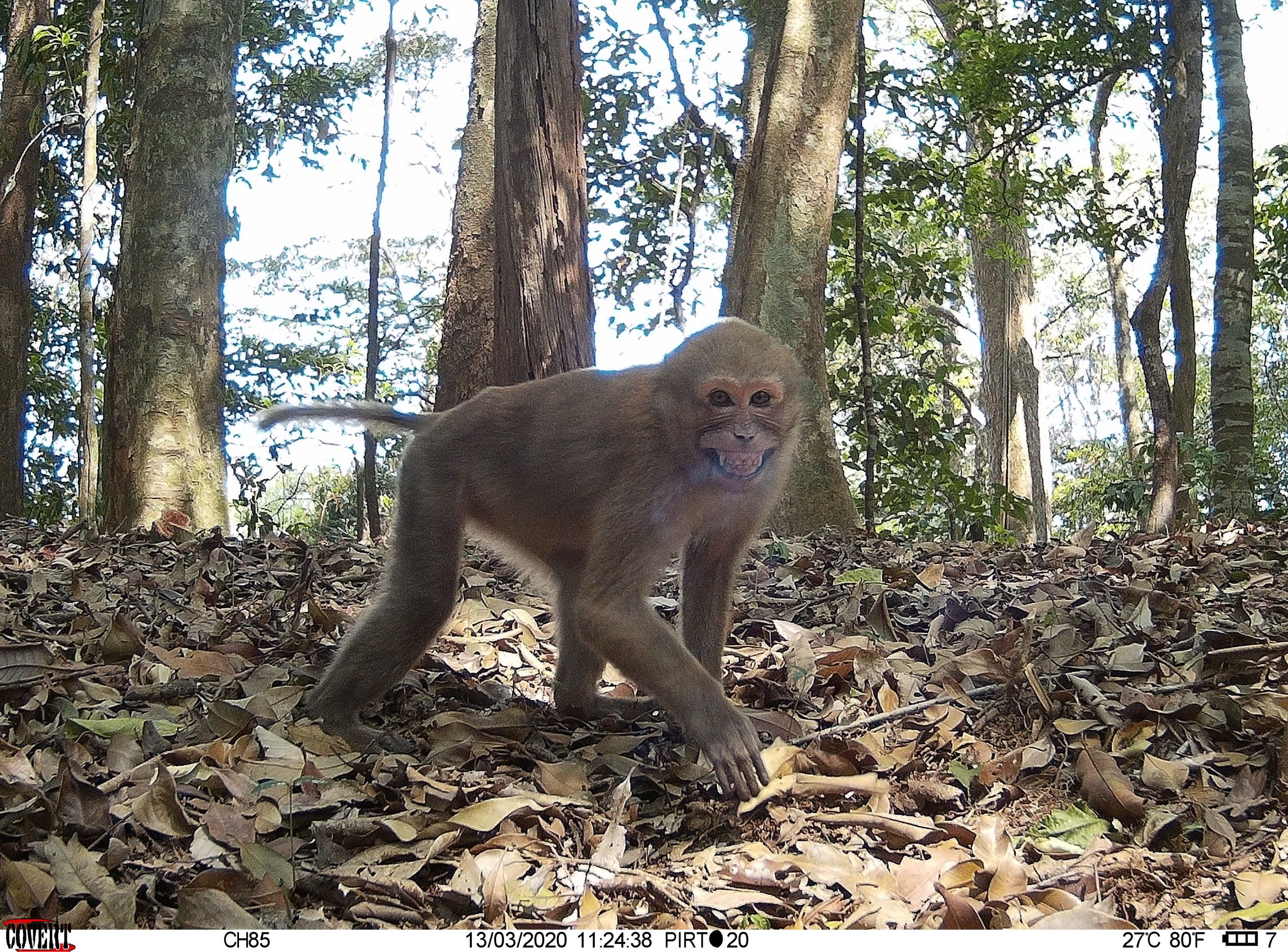
Completion of the camera-trap wildlife monitoring survey of 2020: an overview
November 21, 2020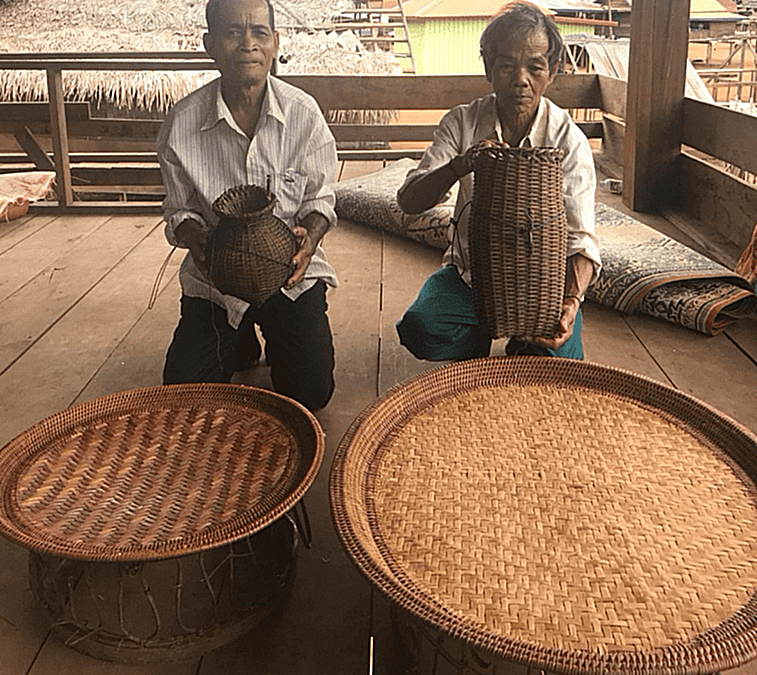
Last year in November 2019, we launched our 3-year project Community Resilience and biodiversity conservation in Nakai District, Lao PDR.
Our overall aims:
- Support the local communities in implementing innovative and sustainable approaches to bring alternative incomes and to preserve local traditional craftsmanship and cultural integrity
- Reduce reliance on natural resources in Nakai-Nam Theun National Park to contribute to biodiversity conservation in the region
To achieve this, we focus on village-level marketing and value chain strategy of native Non-Timber Forest Products (NTFPs) and the management of their use by local communities.
All our activities are based in Thaiphaibanh village cluster (one of the three village clusters within the Nakai – Nam Theun National Park; cf. Figure 1), where villagers are the most reliant from natural resources for their daily livelihoods. Villagers from this cluster have also been identified as the most vulnerable in terms of food security and income (COTE, 2018).
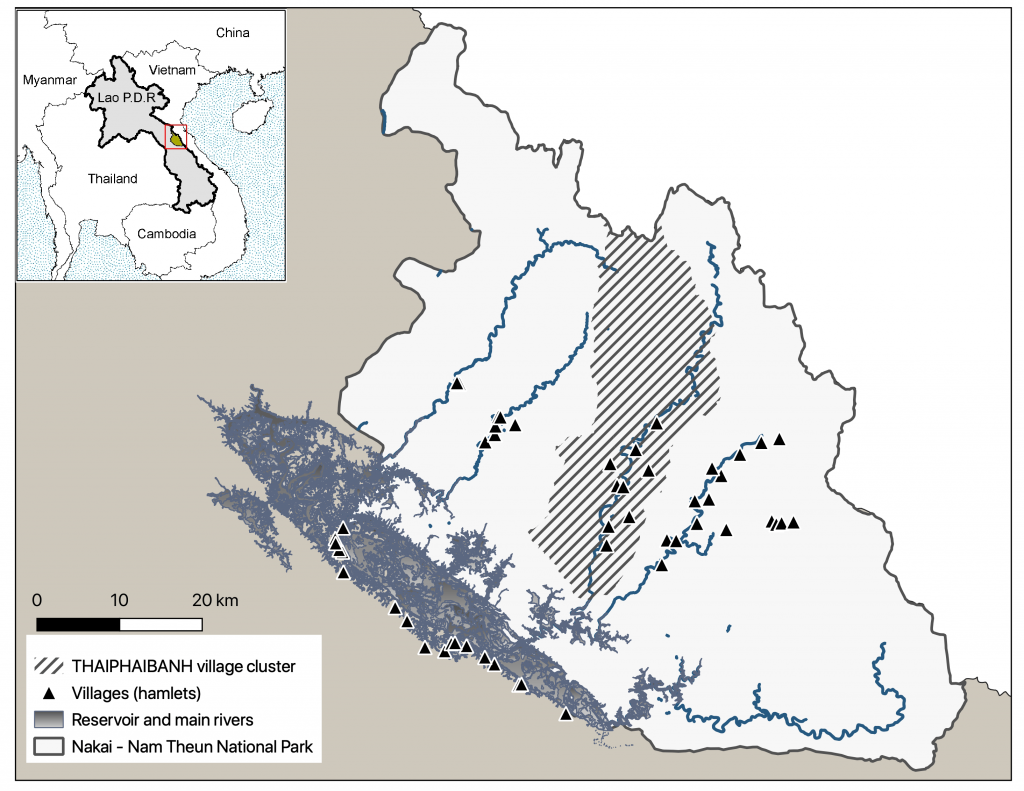
Figure 1: Location of Nakai – Nam Theun National Park and project focus area: Thaiphaibanh village cluster
Traditional handicrafts used and exchanged within villages have been part of the customs, including basketry (from bamboo and rattan), as well as broom making and flour mats made of pandan (Pandanus sp.) leaves. However, there has never been a village-level marketing and value chain strategy attempted.
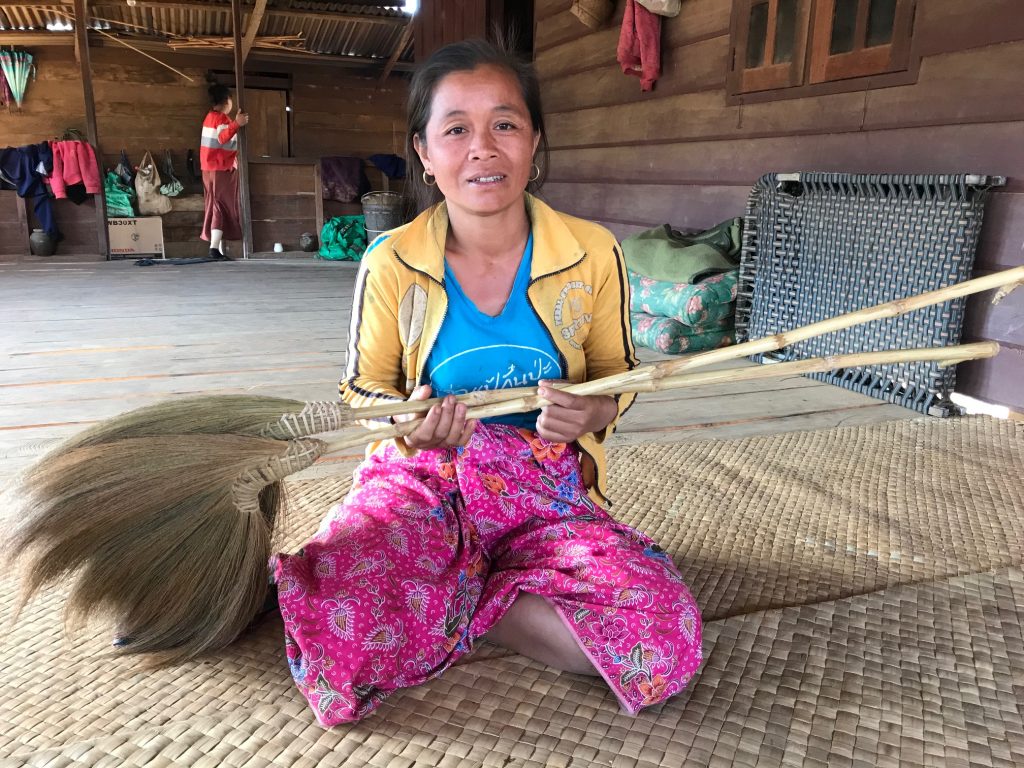
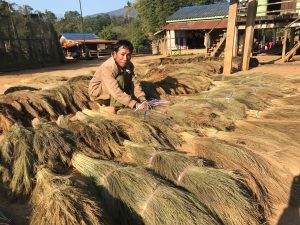
Our project supports villagers in the development of their handicraft value chain strategy. It will not only provide alternative income to villagers but also promote, transmit and preserve their traditional knowledge and craftsmanship. Along the process, natural resource management is fully incorporated into the strategy to ensure sustainability and community awareness and ownership.
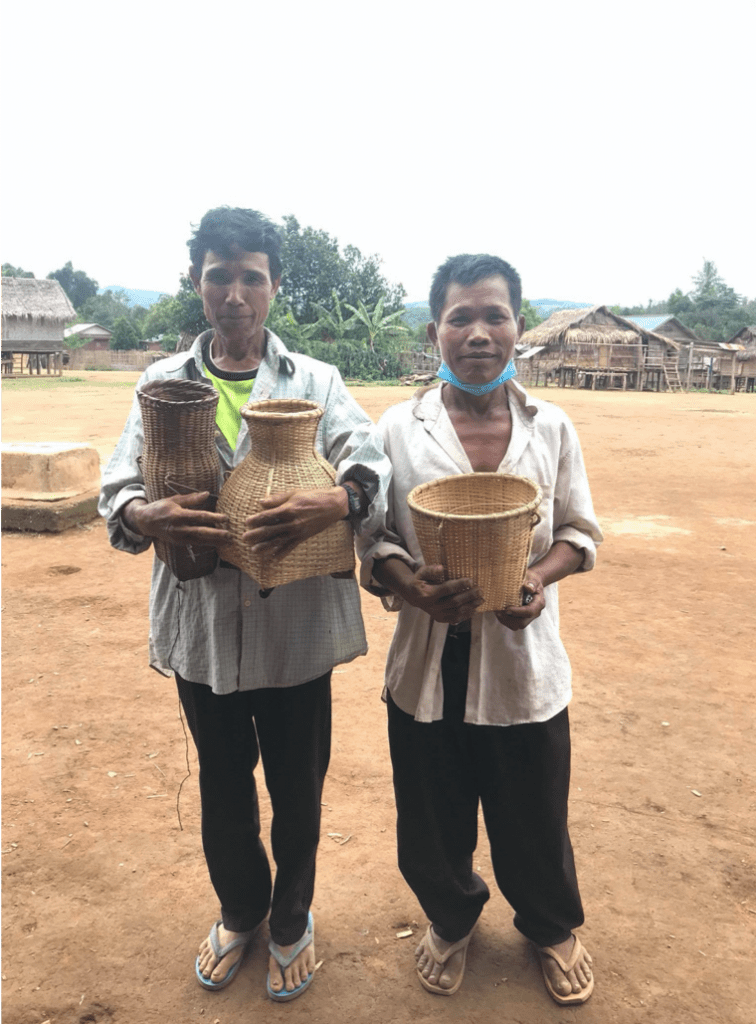
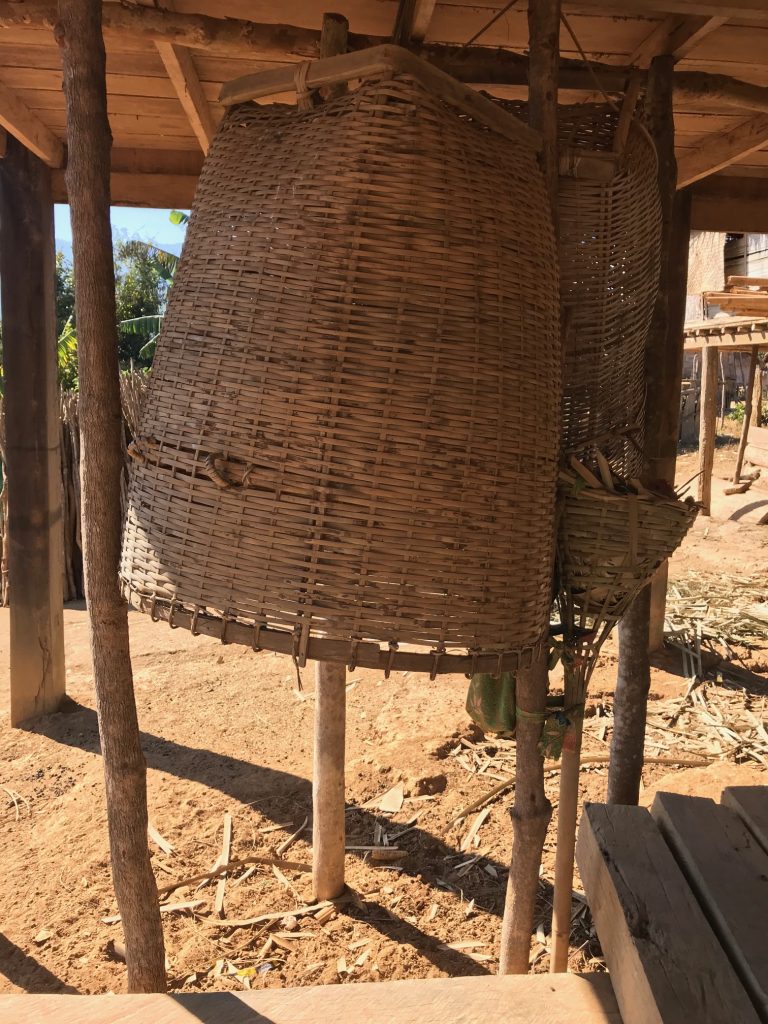
This first year (2019-2020), we have focused on:
- Gathering background information on traditional natural resource use via focus group interviews and villager craftsmen/women interviews
- Conduct and facilitate series of consultation village workshops in the form of engaging role play games (using the TerriStorries® toolkits developed by CIRAD The Agricultural Research for Development). The villagers decided to initially focus on basketry made of bamboo (an abundant resources) to pilot the strategy
- Facilitate the development of Village Action Plans (for the two pilot villages selected: Korbong and Makfuang) and conduct village Capacity Needs Assessments to design the project’s capacity development process
- Conduct market studies by villagers around the Province of Khammouan and in Vientiane to understand the demand and initiate discussions with potential traders and shop keepers
- Provide a first series of training for villagers on how to set-up handcraft village groups; how to make and manage a business plan; understand value chain (supply and demand).
Watch our short video presenting an overview of our first year of activities:
In the coming years, we will support and facilitate villagers in forming their handcraft village groups (from collection, to raw material processing, to crafting, and business plan management) and secure first contracts with traders to pilot the value chain process.
This project is being conducted with technical advise from CIRAD The Agricultural Research for Development to apply the Capacity Development for Agricultural Innovations Systems approach (a global partnership to make agricultural innovation systems more efficient and sustainable in meeting the demands of farmers, agri-business and consumers and help improve food security).
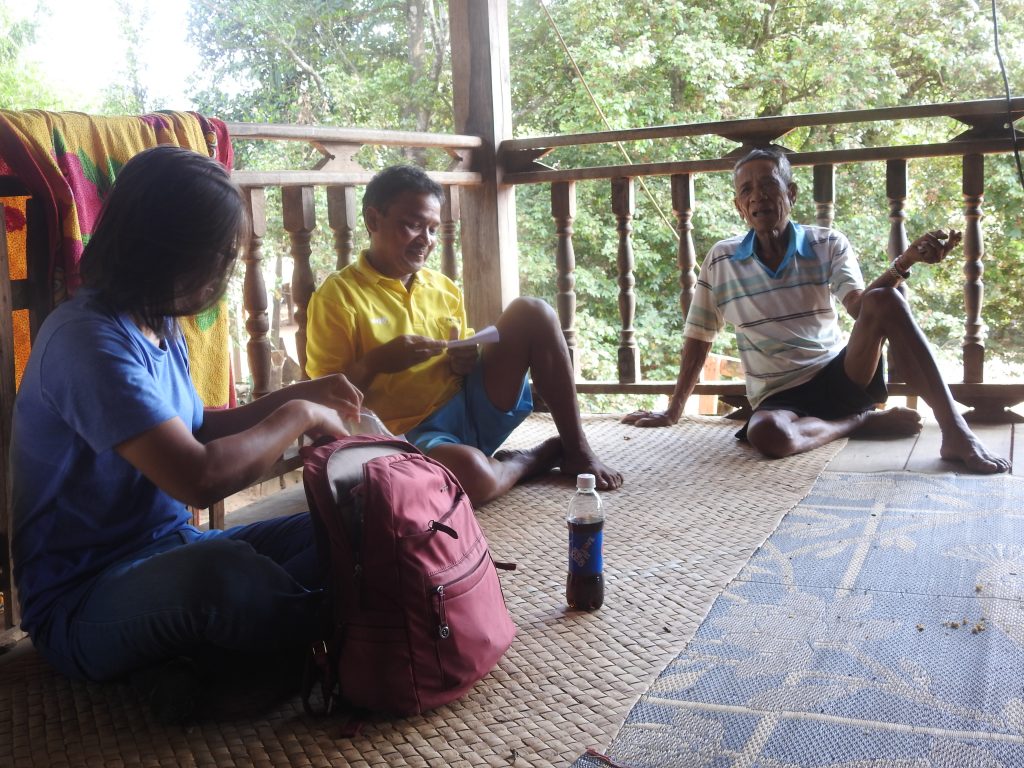
Focus group and craftsmen/women interviews to collect background data on traditional natural resource use
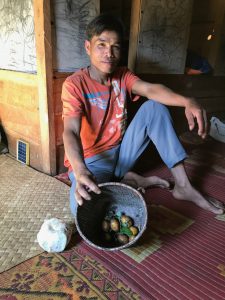
Focus group and craftsmen/women interviews to collect background data on traditional natural resource use
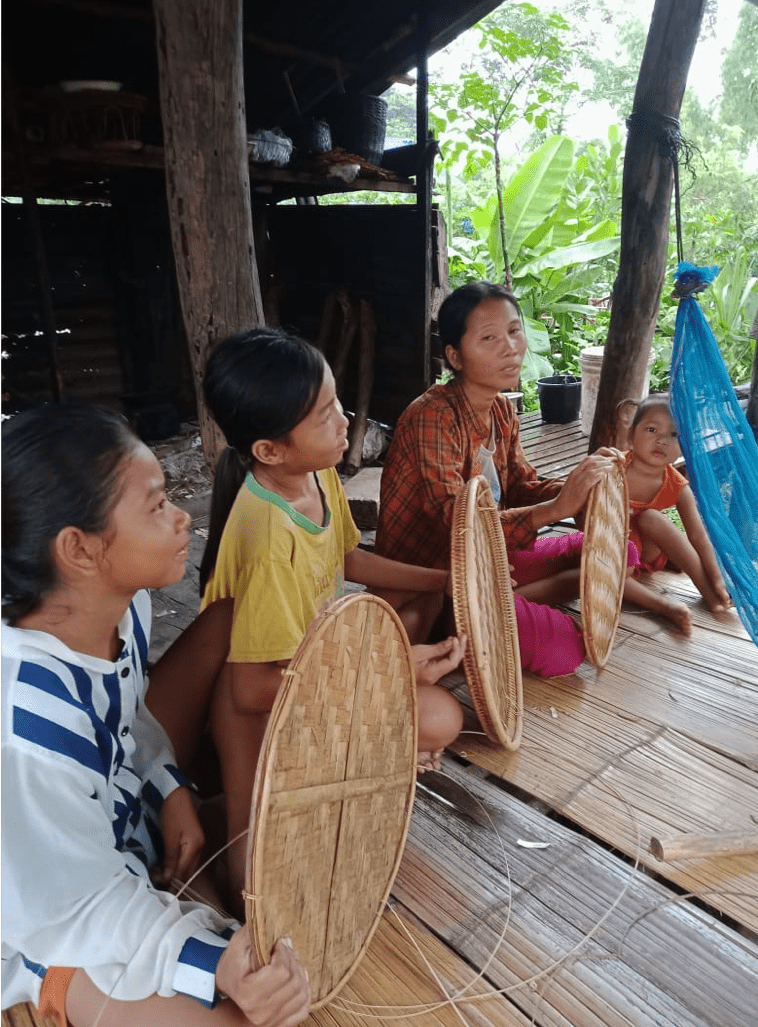
Focus group and craftsmen/women interviews to collect background data on traditional natural resource use
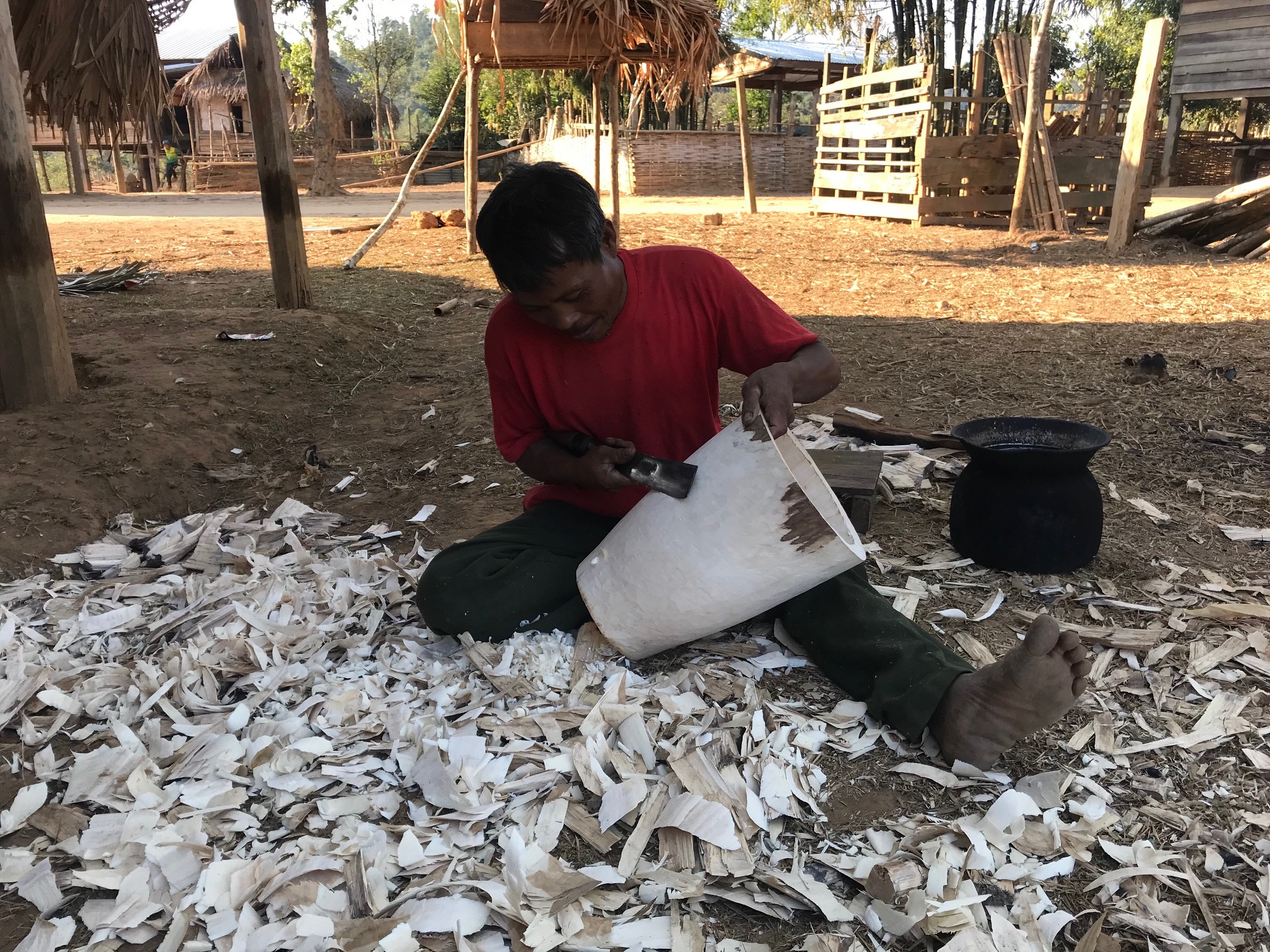
Focus group and craftsmen/women interviews to collect background data on traditional natural resource use
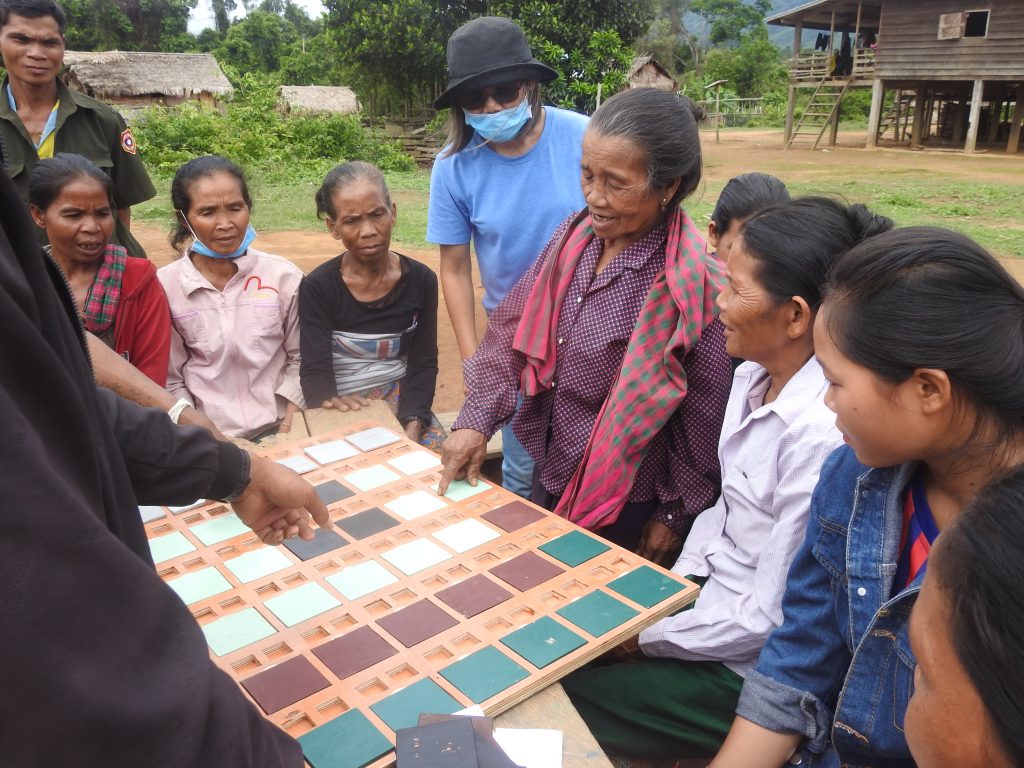
Village consultations role-play games
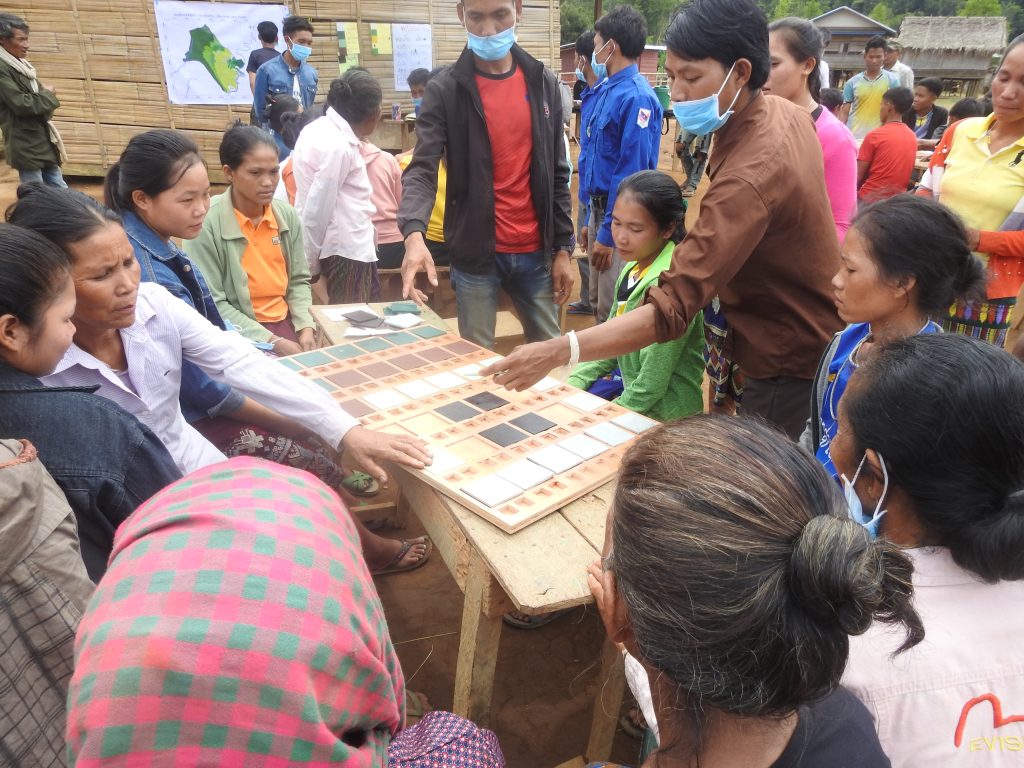
Village consultations role-play games
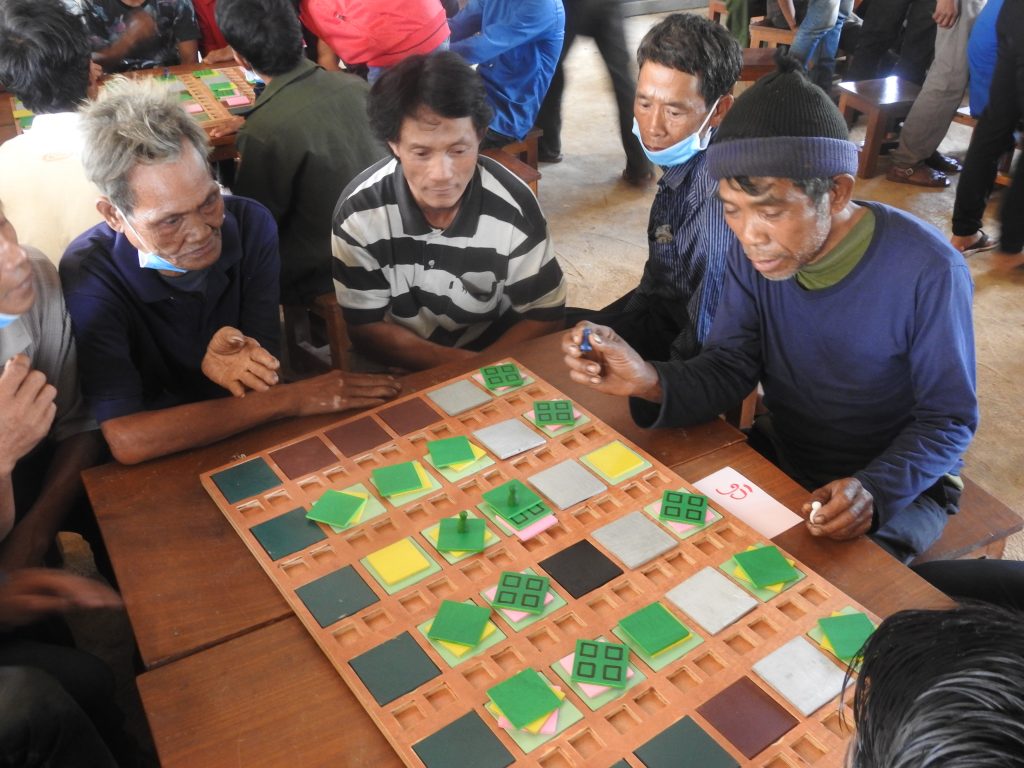
Village consultations role-play games
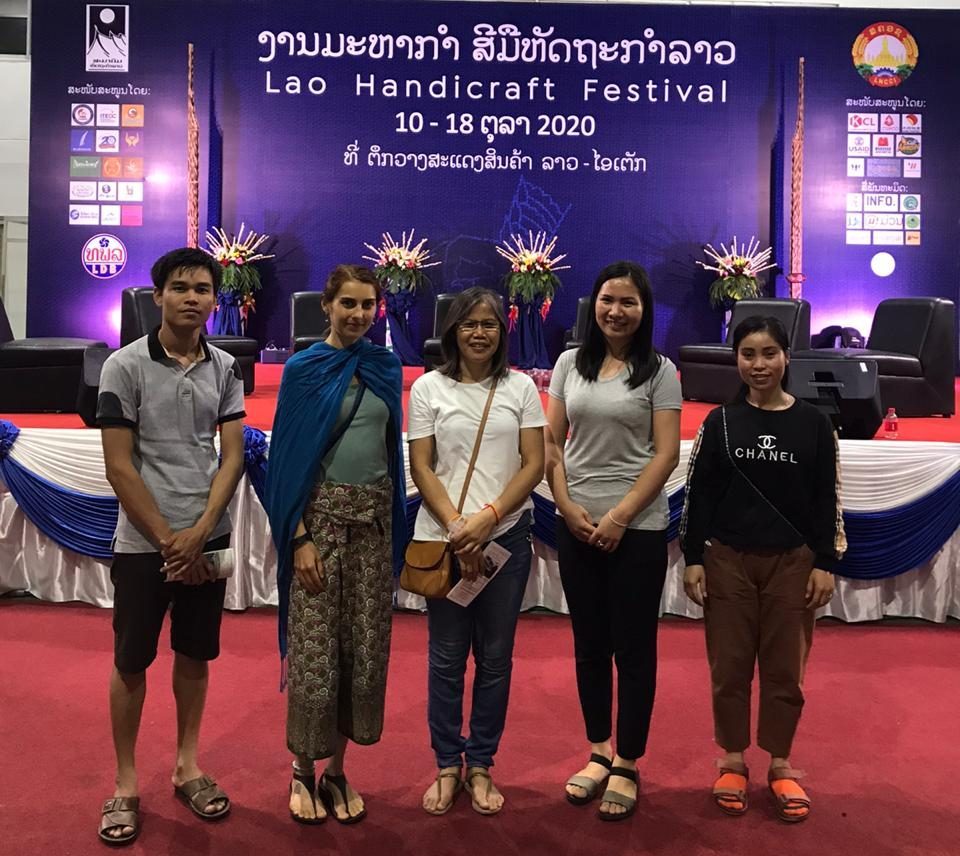
First marketing study tours at the 2020 Lao Handicraft Festival in Vientiane
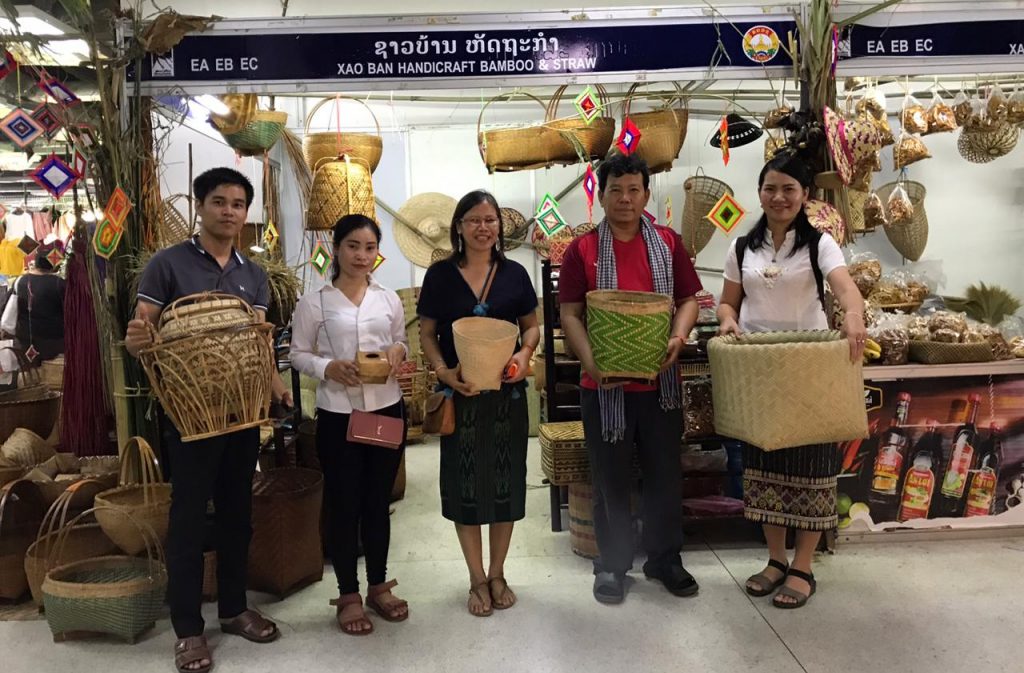
First marketing study tours at the 2020 Lao Handicraft Festival in Vientiane
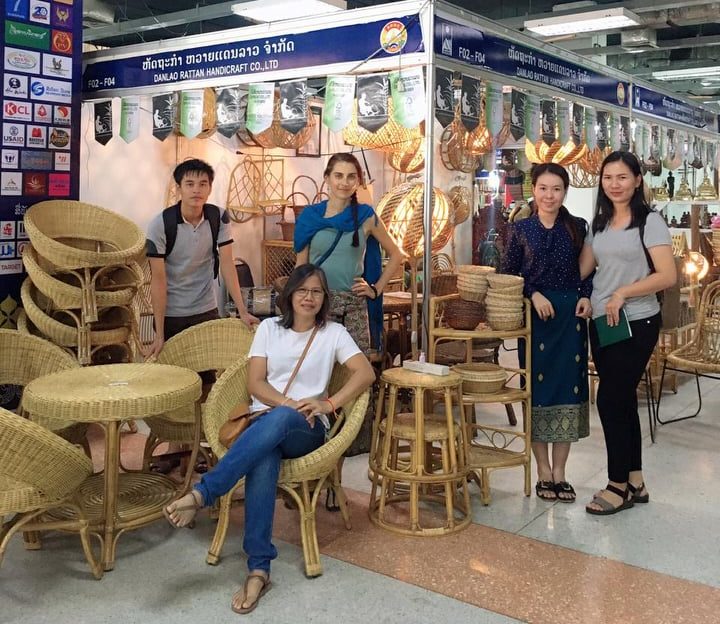
First marketing study tours at the 2020 Lao Handicraft Festival in Vientiane
Literature cited:
COTE [Consortium of Technical Experts] 2018. Socio-economic Assessment of the Nakai – Nam Theun National Protected Area and its Peripheral Impact Zones. Report prepared for the Nam Theun 2 Watershed Management and Protection Authority (WMPA). Vientiane, Lao PDR.

